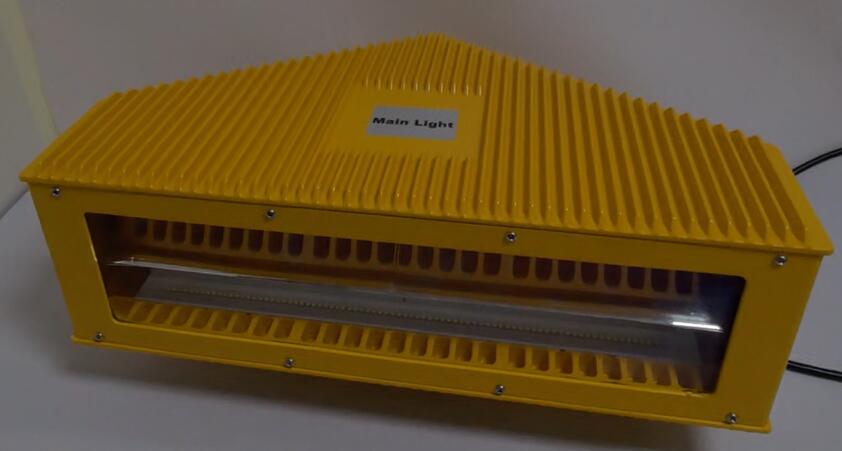Posted: 2024-08-13
The obstruction lighting system is a vital element in maintaining safety and preventing potential disasters, especially in areas where tall structures exist. This system serves as a visual warning to aviators, allowing them to identify and avoid obstacles during flight.
Obstruction lighting systems are typically installed on structures such as towers, buildings, wind turbines, and bridges that extend above a certain height. These lights are designed to be highly visible, even in adverse weather conditions or at night.

The main purpose of an obstruction lighting system is to provide clear and distinct signals to pilots. Different colors and patterns of lights are used to convey specific information. For instance, red lights are often employed to indicate the highest point of an obstruction, while white lights may be used along the sides to outline the shape and size of the structure.
| low intensity | MI |
| HI | Obstruction Lighting System |
Let's consider a tall telecommunications tower. Without an effective obstruction lighting system, a pilot might not notice it during a low-visibility flight, potentially resulting in a catastrophic collision. However, with a well-functioning system in place, the flashing lights would catch the pilot's attention and guide them to steer clear of the hazard.

The technology behind obstruction lighting systems has evolved significantly over the years. Modern systems often utilize energy-efficient LEDs that offer long lifespans and reduced maintenance requirements. These LEDs can be precisely controlled to emit the desired intensity and frequency of light.
In addition to traditional fixed structures, mobile obstructions like cranes at construction sites also require temporary obstruction lighting systems. These temporary setups must be installed quickly and accurately to ensure the safety of the surrounding airspace.
Regulatory bodies play a crucial role in ensuring the effectiveness of obstruction lighting systems. They establish strict standards and guidelines regarding the type, intensity, and placement of lights to maintain consistency and safety across different locations.
For example, in some areas, the lights must have a certain minimum intensity to be visible from a specific distance. Failure to comply with these regulations can lead to serious consequences, including fines and potential safety risks.
The proper installation and maintenance of an obstruction lighting system are of utmost importance. Trained professionals are needed to conduct site surveys, determine the optimal placement of lights, and perform regular inspections to ensure everything is functioning correctly.
Maintenance tasks may include checking for damaged lights, ensuring power supply stability, and verifying that the control systems are operating as intended. Any malfunction or failure of the system needs to be addressed promptly to avoid potential hazards.
The obstruction lighting system is not just a set of lights; it is a critical safety feature that protects lives and property. As our skies become busier and our infrastructure continues to grow, the importance of reliable and well-maintained obstruction lighting systems will only increase. We must remain committed to adhering to the highest standards in their design, installation, and maintenance to ensure the safety of air travel and the protection of our communities.